New Mission for Graustein Memorial Fund Is Equity in Education, End to Racism and Poverty
/The heightened racial unrest and unrelenting racial disparities that have risen in the public consciousness in recent years have prompted a mission shift for the New Haven-based William Caspar Graustein Memorial Fund, one of the state’s venerable family foundations. In an open letter to the community, Executive Director David Addams, who came to the fund just over a year ago, explained that “The Graustein family, trustees and staff, during our planning process, were confronted by the depth and persistence of racial and economic inequality, struck by the seeming acceptance of the status quo, concerned for the destructive effects of inequity on our individual and collective futures, and united in our resolve that rigorous attention to equity underlies our future work.”
 Addams said that “to guide us as we work to help remove these barriers,” the trustees adopted a new mission: The mission of the William Caspar Graustein Memorial Fund is to achieve equity in education by working with those affected and inspiring all to end racism and poverty.
Addams said that “to guide us as we work to help remove these barriers,” the trustees adopted a new mission: The mission of the William Caspar Graustein Memorial Fund is to achieve equity in education by working with those affected and inspiring all to end racism and poverty.
In recent years, the mission focus of The William Caspar Graustein Memorial Fund has been to “work collaboratively to improve education for Connecticut's children by strengthening the involvement of parents and the community in education, informing the public debate on critical policies, and improving educational practice.” Connecticut’s children have been the focus of the Graustein Memorial Fund’s grantmaking, working with rural, urban and suburban communities, and both public and private schools.
Addams noted that the many accomplishments in that area have included providing help to increase access to early childhood learning, build community capacity, and create a new state office to support and grow the field.” The Fund, and its supporters, have “moved Connecticut closer to the goal of ensuring that every child has what they need,” Addams said.
Referencing that “50 years after the passage of major civil rights legislation, racial disparities persist more in Connecticut than anywhere else in America,” Addams said that “these inequities are barriers for families of color and families living in poverty to reaching their full potential.”
Addams said that one of the state’s strongest assets – the families and neighborhoods that have direct experience in raising children and dealing with the barriers of racism and poverty – are underutilized, noting that “within all of us, and especially those most affected by racism and poverty, there are the strengths, determination, creativity and wisdom we need to succeed.”
Indicating that “real change takes a long-term commitment from many partners,” Addams said that the fund intends to “start slowly and co-create the path forward with those who would like to join us on this journey.”
https://youtu.be/ya2vq4dEhOs


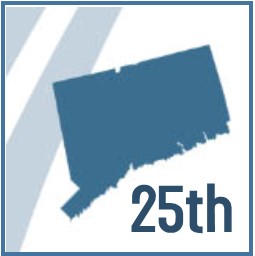
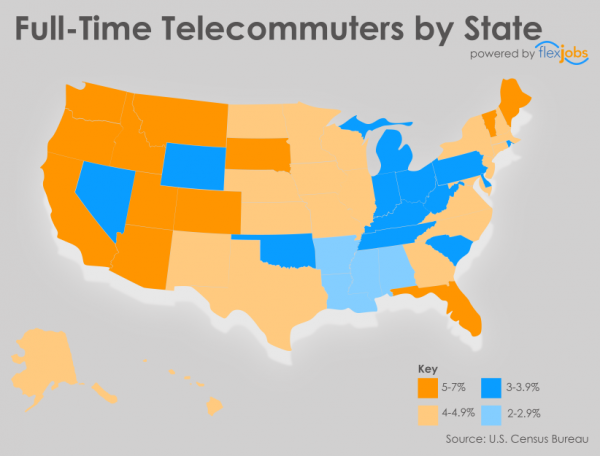
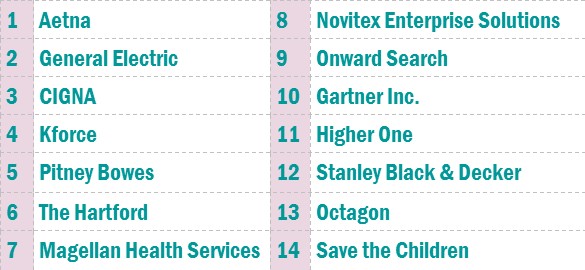 te more than 10 workdays -- meaning at least half of all workdays -- in a typical month. The majority of Americans, including both those employed and not employed, believe workers who work remotely are just as productive as those who work in a business office.
te more than 10 workdays -- meaning at least half of all workdays -- in a typical month. The majority of Americans, including both those employed and not employed, believe workers who work remotely are just as productive as those who work in a business office.

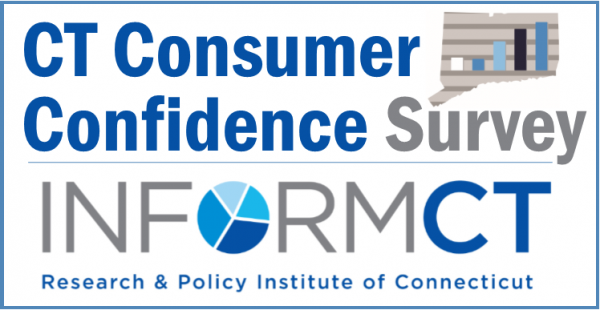
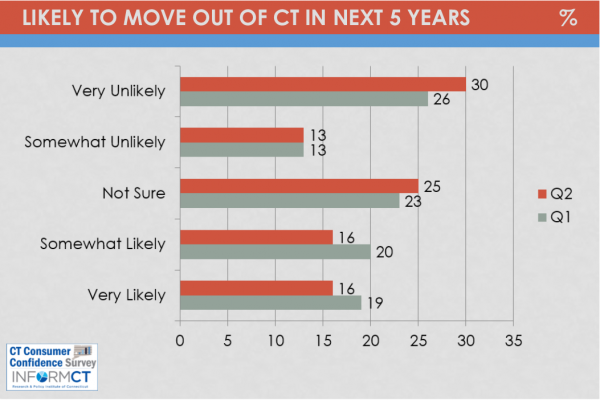
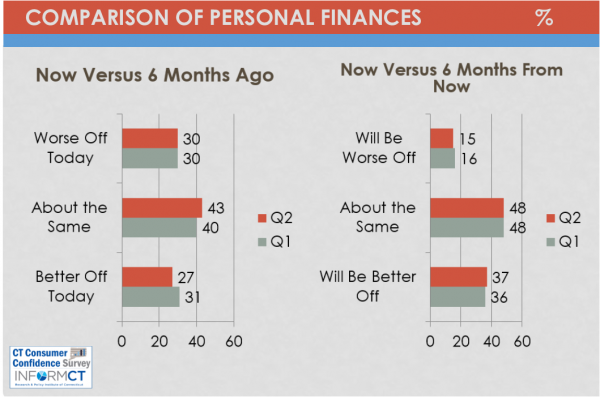 The survey is being administered for InformCT by the
The survey is being administered for InformCT by the 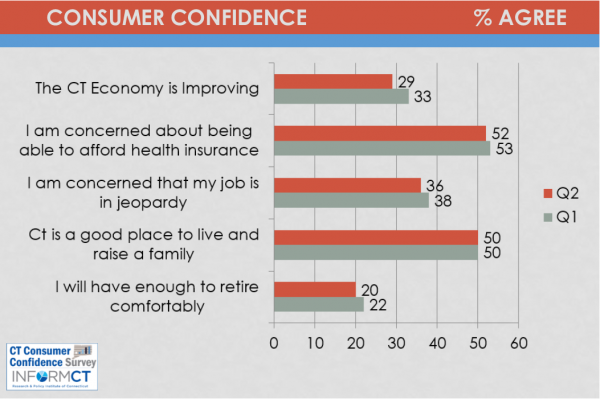
 “The major health issues that people are most worried about for children across the country reflect the health initiatives providers, communities and policy makers should be focused on,” says Matthew M. Davis, M.D., M.A.P.P., director of the National Poll on Children’s Health and professor of pediatrics and internal medicine in the Child Health Evaluation and Research Unit at the U-M Medical School.
“The major health issues that people are most worried about for children across the country reflect the health initiatives providers, communities and policy makers should be focused on,” says Matthew M. Davis, M.D., M.A.P.P., director of the National Poll on Children’s Health and professor of pediatrics and internal medicine in the Child Health Evaluation and Research Unit at the U-M Medical School.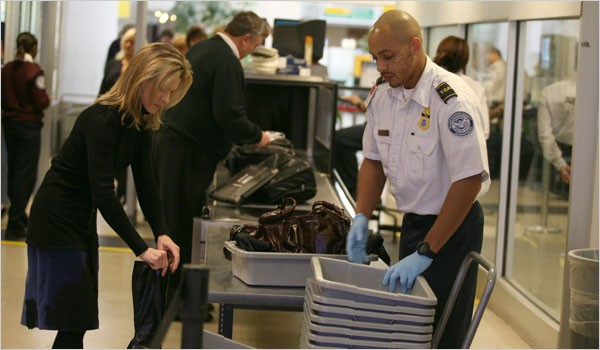 lorado with 79 and Missouri with 75.
lorado with 79 and Missouri with 75.

 Eveleigh was nominated for the state Supreme Court by Gov. Rell in 2010, after having initially been appointed to the Superior Court in October 1998 by Gov. Rowland.
Eveleigh was nominated for the state Supreme Court by Gov. Rell in 2010, after having initially been appointed to the Superior Court in October 1998 by Gov. Rowland.
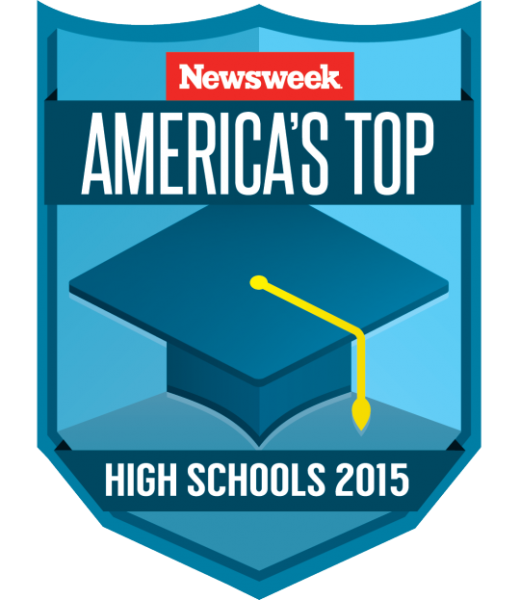
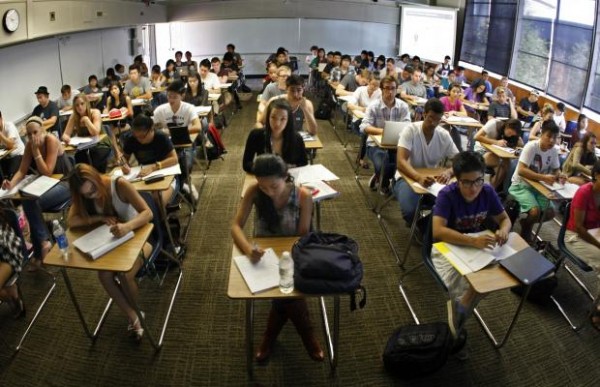
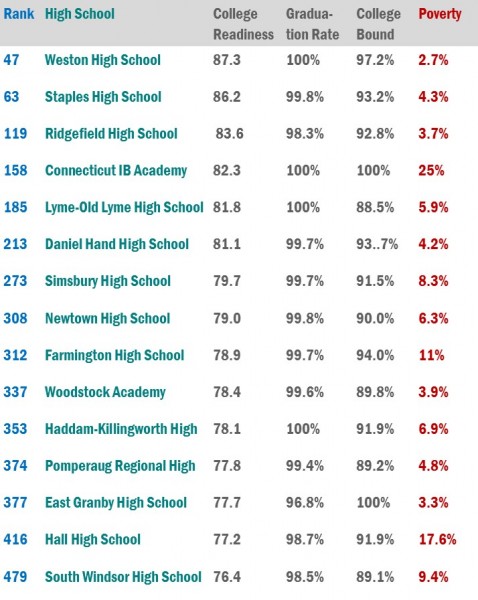



 15 states where the number of traffic fatalities has dropped in the first six months of 2015, compared with a year ago. The others were Alabama, Alaska, Delaware, D.C., Hawaii, Kansas, Montana, New Jersey, New Mexico, Oklahoma, Rhode Island, South Dakota, Tennessee and Texas.
15 states where the number of traffic fatalities has dropped in the first six months of 2015, compared with a year ago. The others were Alabama, Alaska, Delaware, D.C., Hawaii, Kansas, Montana, New Jersey, New Mexico, Oklahoma, Rhode Island, South Dakota, Tennessee and Texas.


























